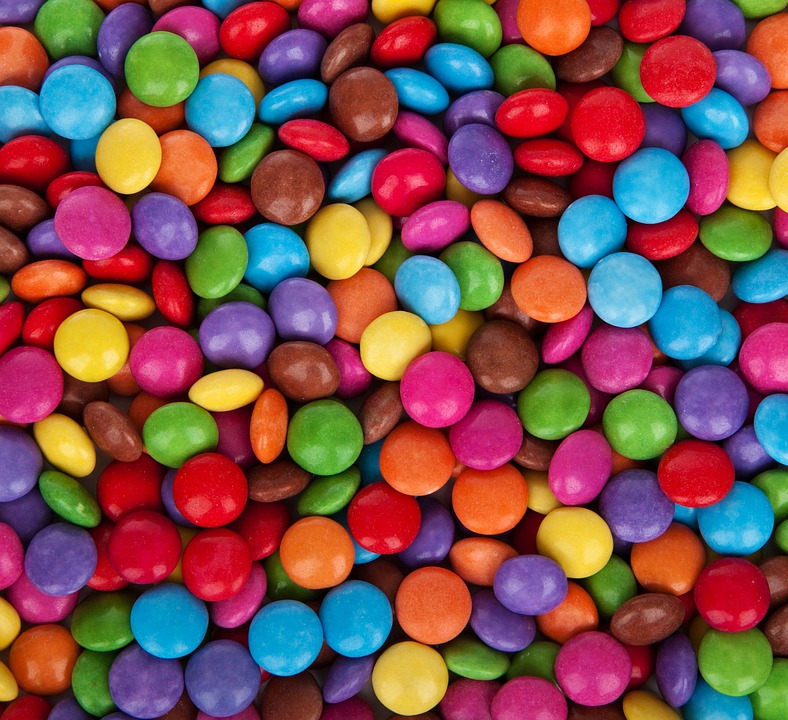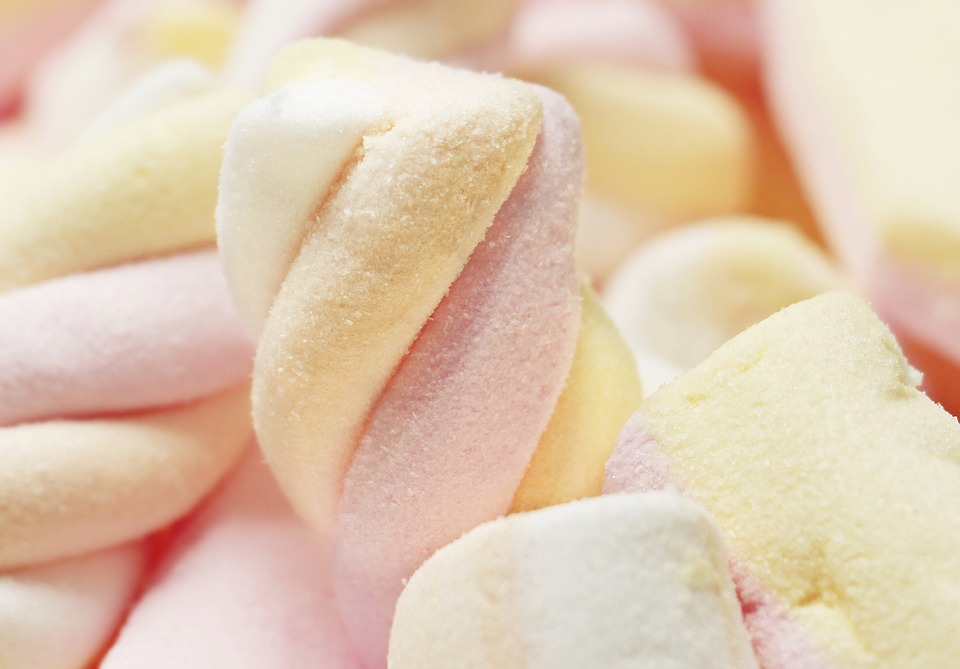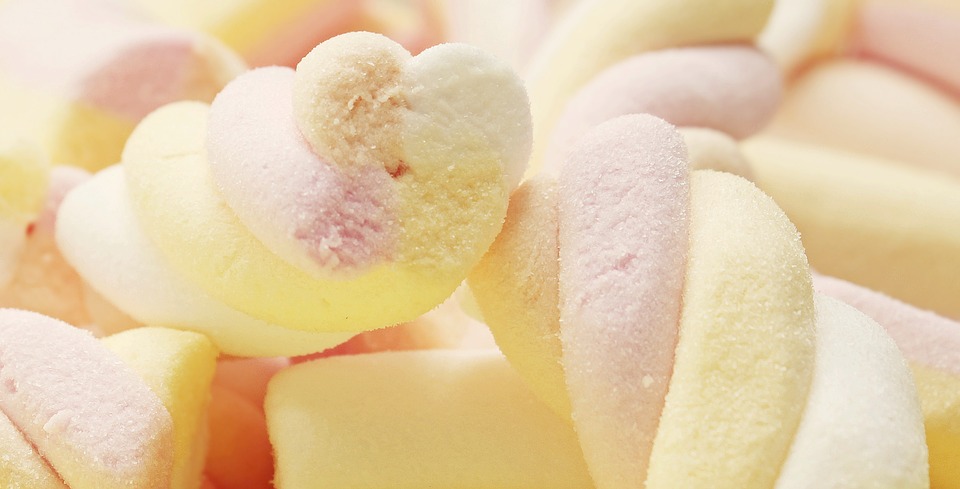
Yeast-free diet – free yourself from excess sugar
You must understand the basics of how yeast behaves in the body before embarking on a yeast-free diet. Yeast is a natural component of the body’s processes. Yeast lives in the digestive tract and in the vagina, and helps regulate the balance of the vagina.
Yeast organisms feed on sugars in the body. When there is too much sugar in the system, or the immune system is weakened from an illness or antibiotic use, you could be dealing with an explosion of yeast organisms. Even hormonal changes due to pregnancy and the menstrual cycle can lead to an overgrowth of yeast. People with reduced immunity due to illness or disease often develop yeast infections.
However, when an overgrowth of yeast occurs, you will experience symptoms that you would rather not deal with. Common symptoms of a vaginal yeast infection are itching, burning, and soreness of the vagina and labia. Yeast infections often spread to the inner thighs, under the breasts, or in any warm, moist environment.
If left untreated, a yeast infection can turn into a more serious spread of yeast into the blood, organs, and even the brain. It is best to treat a yeast infection right away when you notice the symptoms of a yeast infection. Also, use preventive measures such as a temporary yeast-free diet to stop the growth of yeast and get your body in tune.
Yeast feeds on sugar, so the key to a successful yeast-free diet is to cut down on sugars. Hidden sugars are everywhere in beverages, processed foods, and condiments. You can implement the yeast-free diet by cutting out the following:
High fructose corn syrup – found in soda, candy, coffee flavors and fast food sauces
Non-fat snack foods – tend to be high in processed sugars
Cocktails – Mixed drinks such as margaritas, daiquiris, and mixed sodas contain grams of sugar
Sugar Cereal – Avoid sugar cereal because the cereal and frosting contain a lot of sugar
A yeast-free diet includes natural sugars that are broken down in the body quickly, rather than being stored as food by the yeast. Eat fruits, use natural sweeteners like honey and simple syrup, and try cinnamon or the nutmeg spice in your coffee instead of sugary pumps of flavorings.
Eat vegetables and grains that bulk up in the digestion process, keeping you feeling fuller for longer. Try not to resort to diet soft drinks because they contain chemicals. Try flavored sparkling water or fresh juices. Adding frozen berries to water makes sweet ice cubes!
Avoid beer because it is high in yeast and fermenting sugars, and red wine is lower in sugar
White or rose wine. Try drinks mixed with soda or tonic water.
Yeast infections can be controlled by following a yeast-free diet, as well as preventing infections throughout the year. By following a few guidelines, you can enjoy a normal carbohydrate diet without excess sugars that contribute to yeast infections.

